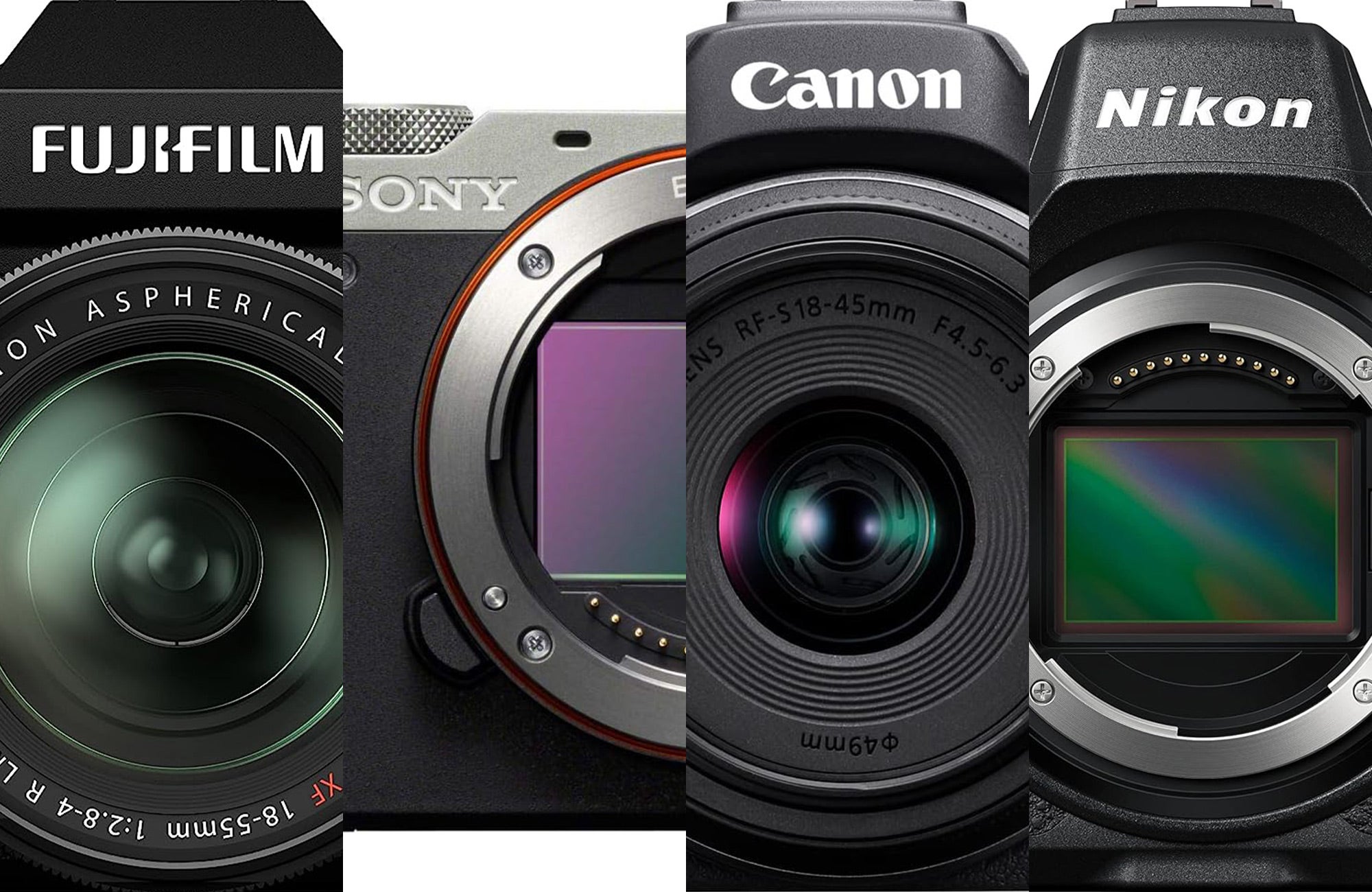
In the rapidly advancing world of photography, choosing a DSLR (Digital Single-Lens Reflex) camera and a Mirrorless camera can be a key decision. Each type offers its own set of strengths and weaknesses, and selecting the ideal camera depends on your personal requirements and preferences. In this guide, we'll examine the key differences between DSLR and Mirrorless cameras to help you make an educated decision.
The Basics: DSLR vs Mirrorless
At their core, both DSLR and Mirrorless cameras are aimed at taking high-quality images with interchangeable lenses. However, the way they achieve this goal is where the main differences lie.
DSLR Cameras:
Optical Viewfinder: DSLRs have an optical viewfinder that uses a mirror to reflect the scene through the lens to your eye. This provides a live, through-the-lens view of your subject.
Mirror Mechanism: The "reflex" in DSLR stands for the mirror mechanism that flips up when you take a photo, allowing light to strike the image sensor.
Size and Weight: DSLRs tend to be bulkier and heavier than Mirrorless cameras due to their mirror and optical viewfinder.
Mirrorless Cameras:
Electronic Viewfinder (EVF) or LCD Screen: Mirrorless cameras don't have an optical viewfinder. Instead, they use an electronic viewfinder or an LCD screen that displays a digital view of the scene directly from the image sensor.
No Mirror Mechanism: As the name suggests, Mirrorless cameras lack the mirror mechanism found in DSLRs, making them more compact and lightweight.
Interchangeable Lenses: Like DSLRs, Mirrorless cameras enable you to switch lenses to meet your photography needs.
Image Quality:
Both DSLRs and Mirrorless cameras can produce outstanding image quality. Factors like sensor size, resolution, and mirrorless cameras the quality of the lenses you use have a more significant impact on image quality than the camera type itself. Full-frame Mirrorless cameras have become popular for their excellent image quality, competing with that of DSLRs.
Autofocus and Speed:
Mirrorless cameras have made considerable strides in autofocus technology. Many Mirrorless cameras now include fast and accurate on-sensor phase-detection autofocus, making them competitive with DSLRs in terms of speed and accuracy.
Size and Portability:
One of the key advantages of Mirrorless cameras is their compact and lightweight design. If you prioritize portability and want a camera that's simpler to carry around, a Mirrorless camera may be the ideal choice.
Battery Life:
DSLRs typically have superior battery life compared to Mirrorless cameras, thanks to the power-efficient optical viewfinder. However, some Mirrorless models offer good battery life as well, and battery performance varies between brands and models.
Video Capabilities:
Mirrorless cameras often stand out in video recording thanks to their electronic viewfinders and on-sensor autofocus. Many Mirrorless cameras offer 4K video recording, making them popular choices for videographers.
Lens Compatibility:
Both DSLRs and Mirrorless cameras have a wide range of compatible lenses, but Mirrorless systems may require adapters for using DSLR lenses, whereas DSLRs can often use Mirrorless lenses with restrictions.
Final Thoughts:
Choosing between a DSLR and a Mirrorless camera eventually comes down to your personal choices and considerations. Think about factors like size, weight, image quality, autofocus capabilities, and the type of photography you plan to pursue. Make sure to test different models, read reviews, and obtain advice from experienced photographers. Whether you check here opt for a DSLR or a Mirrorless camera, both can offer exceptional results in the right hands. Happy shooting!